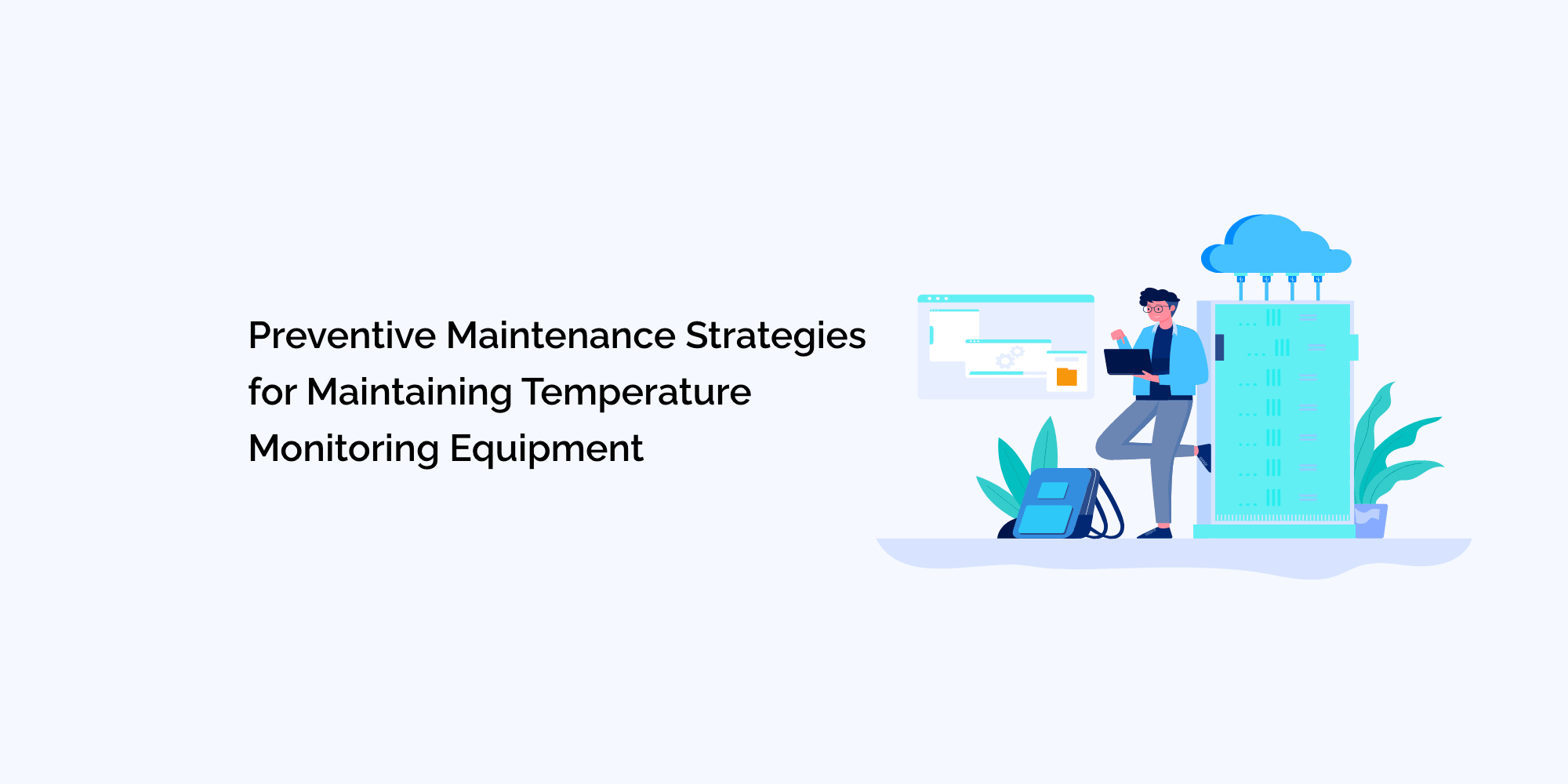Temperature monitoring plays a critical role in various industries, including pharmaceuticals, food and beverage, healthcare, and manufacturing. Accurate temperature measurement and control are essential to ensure product quality, regulatory compliance, and operational efficiency.
However, temperature monitoring equipment can deteriorate over time, leading to inaccurate readings and potential system failures. To mitigate these risks, preventive maintenance strategies are vital.
In this blog, we will explore the importance of preventive maintenance for temperature monitoring equipment and outline effective strategies to ensure optimal performance and reliability.
The Importance of Preventive Maintenance
Understanding Preventive Maintenance
- Definition and objectives of preventive maintenance
- Benefits of preventive maintenance over reactive maintenance
The Significance of Temperature Monitoring Equipment
- Role of temperature monitoring in various industries
- Consequences of inaccurate temperature measurements
Cost of Equipment Deterioration
- Impact on product quality and safety
- Financial implications of equipment failure
Common Temperature Monitoring Equipment
Thermocouples
- Overview of thermocouples and their applications
- Factors affecting thermocouple accuracy and reliability
- Calibration and recalibration procedures
Data Loggers
- Introduction to data loggers and their functionalities
- Battery checks and replacements
- Calibration verification and adjustment
Infrared Thermometers
- Understanding infrared thermometers and their uses
- Cleaning and maintenance of optical components
- Verification of accuracy through reference checks
Wireless Temperature Monitoring Systems
- Advantages of wireless temperature monitoring systems
- Battery maintenance and replacement
- Network connectivity and data backup
Effective Preventive Maintenance Strategies
Establishing a Maintenance Schedule
- Defining maintenance intervals based on equipment type and usage
- Creating a centralized maintenance calendar
Routine Inspections and Cleaning
- Visual inspections for damage, wear, and corrosion
- Cleaning procedures for different equipment types
- Importance of following manufacturer guidelines
Calibrating and Testing Equipment
- Understanding calibration standards and requirements
- Calibration procedures for different equipment types
- Using certified calibration services
Replacing Worn Components
- Identifying signs of component wear and degradation
- Replacement guidelines for sensors, batteries, cables, etc.
- Importance of using genuine replacement parts
Documentation and Record-Keeping
- Maintaining an equipment inventory
- Recording maintenance activities and observations
- Tracking calibration and maintenance history
Training and Education
Training Maintenance Personnel
- Providing comprehensive training on equipment operation and maintenance
- Familiarizing staff with troubleshooting techniques
- Encouraging continuous learning and professional development
Promoting a Culture of Preventive Maintenance
- Raising awareness about the importance of maintenance
- Implementing reward programs for adherence to maintenance schedules
- Encouraging staff to report potential equipment issues
Conclusion
Adhering to a proactive preventive maintenance strategy is crucial for maintaining the accuracy, reliability, and longevity of temperature monitoring equipment. By implementing routine inspections, regular calibrations, and timely component replacements, organizations can reduce the risk of equipment failure, product quality issues, and regulatory non-compliance.
Additionally, investing in proper training and education for maintenance personnel fosters a culture of preventive maintenance, ensuring the ongoing success of temperature monitoring practices. By prioritizing preventive maintenance, businesses can enhance operational efficiency, mitigate risks, and maintain product integrity in an increasingly competitive marketplace.








